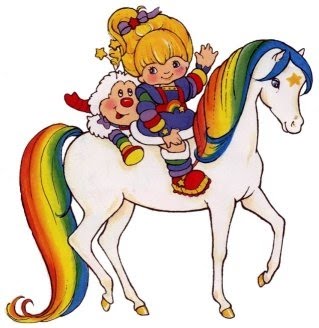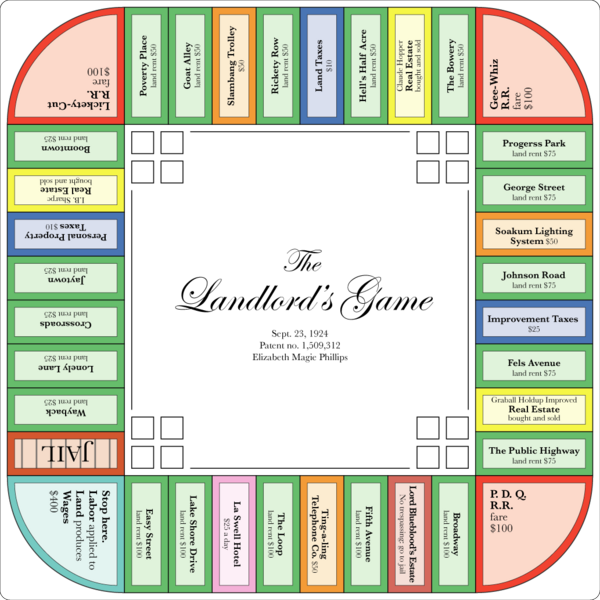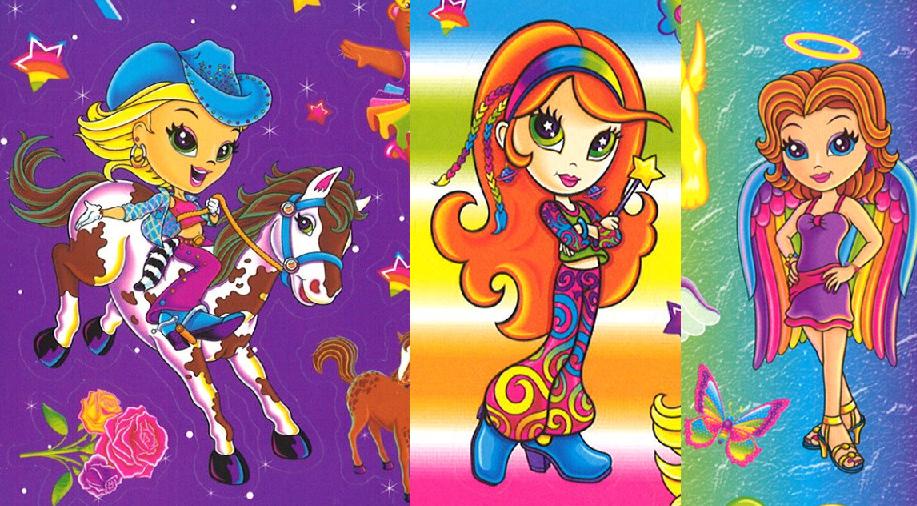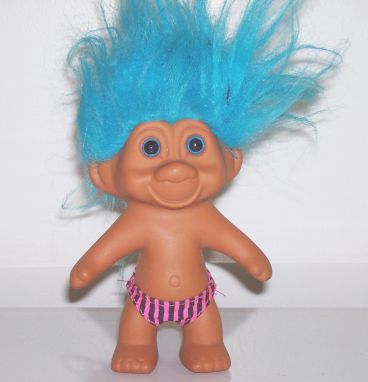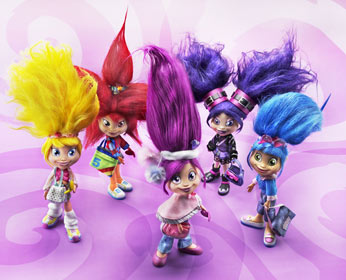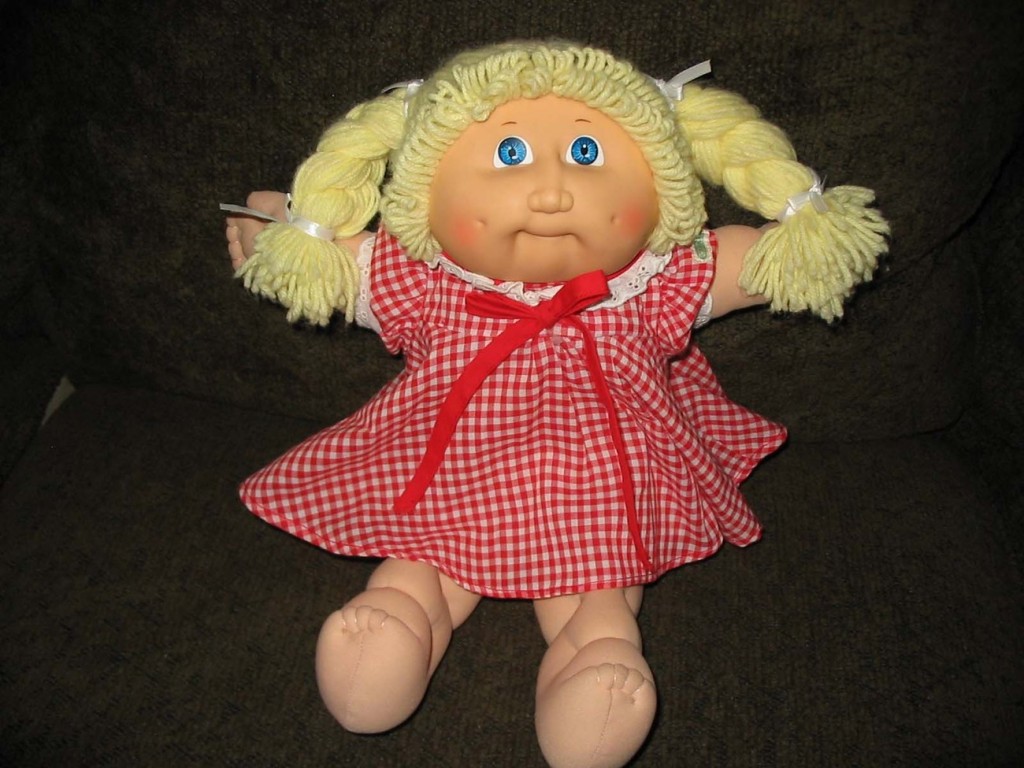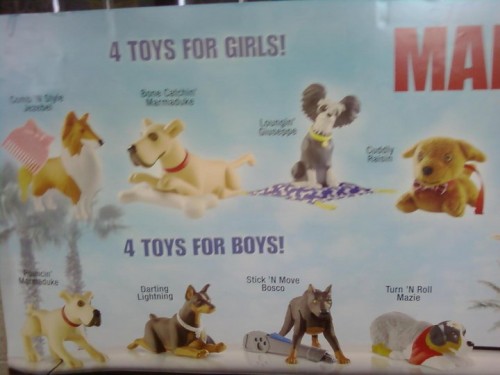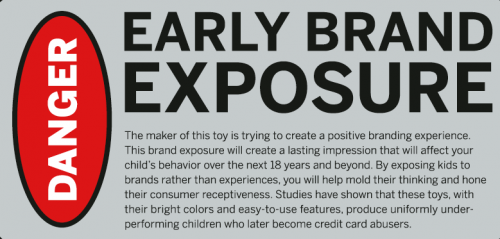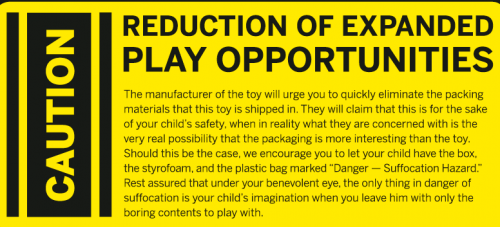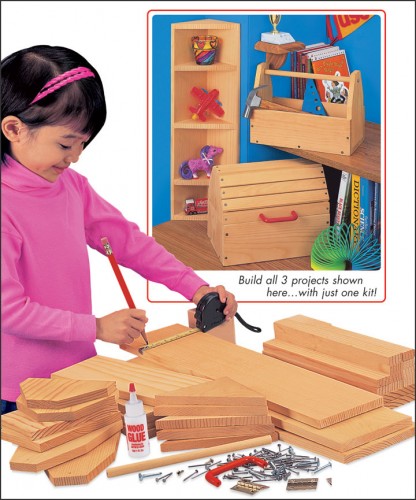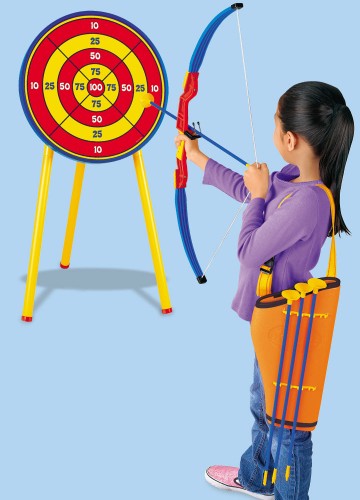Cross-posted at Ms.
Previously we’ve posted on the sexy makeovers recently given to Dora the Explorer, Strawberry Shortcake, Holly Hobby, Lisa Frank, Trolls, Cabbage Patch Kids, and the Sun Maid. Here we have three more.
My Little Pony
The original My Little Pony, chubby and adorable (source):
Today they’re thinner, with an open mouth, more provocative stances, and more responsive positions (source):
Rainbow Brite
Vintage Rainbow Brite:
Rainbow Brite today:
Finally, Monika alerted us to the new look for Candy Land. First, vintage Candy Land.
1949:
2005:
From the website of Candy Land today:
Lisa Wade, PhD is an Associate Professor at Tulane University. She is the author of American Hookup, a book about college sexual culture; a textbook about gender; and a forthcoming introductory text: Terrible Magnificent Sociology. You can follow her on Twitter and Instagram.




